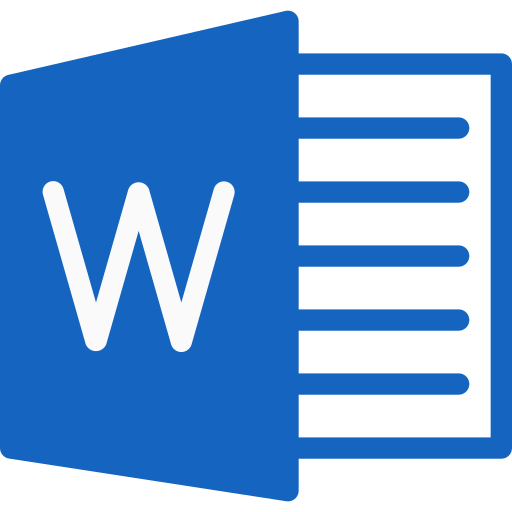Access the free “Pain Management Nurse Resume Sample” and elevate your opportunities for success. Employ this meticulously organized resume template to rejuvenate your career trajectory.

In the ever-changing world of healthcare, pain management nurses play a critical role in helping patients feel better and live longer. Your first step to showcasing your skills in this important field is to create a well-organized and interesting resume. In this piece, we’ll show you the most important parts of a pain management nurse resume and offer tips and advice to ensure your application stands out in a competitive job market.
Key Components of a Resume for a Pain Management Nurse
A great resume for a pain management nurse combines professionalism with a bit of personality. Here are the most important parts you should have:
Make sure your full name, phone number, email address, and region are easily visible at the top of your resume.
- Summary/Objective: Write a short summary or objective that demonstrates your passion for pain management nursing and your best skills.
- Licenses and Qualifications: Include your Registered Nurse (RN) license and any qualifications related to pain management.
- Professional Experience: Give a detailed account of your past jobs, focusing on those related to pain management. Use detailed examples to show what you can do and what you have done.
- Education: Information about your nursing school education, including your degree, where you went to school, and when you graduated.
- Skills: Demonstrate a mix of technical skills (such as how to administer pain relief) and soft skills (such as how to speak kindly to a patient).
How to write an interesting summary or objective
Your first chance to make a good impression is in the summary or objective statement. Match the pain management nursing job you want and show how committed you are to providing effective pain treatment and compassionate care.
Holding of exhibition licenses and certificates
Pain management in nursing requires specialized skills. Make sure your licenses and certifications are front and center to show you’re committed to improving the health of your patients.
Talking about work experience
Your work experience should show how you have helped with pain management. Use action verbs to talk about your responsibilities and accomplishments, which show how good you are at assessing, treating, and advocating for patients.
Focus on studies
Your education is a building block for your job. Include information about your nursing degree and any other education or training related to pain management.
Focus on key skills
As a pain management nurse, it is important to have both professional and “soft” skills. Demonstrate skills in determining how much pain a patient is experiencing, administering medications, educating the patient, and providing emotional support.
Getting the resume right for pain management
Focus on pain-related skills to make your resume relevant to the pain management field. Showcase your skills, whether they are in hospice care, post-surgery pain relief or managing chronic pain.
Tips on formatting and design
Recruiters are more interested in a well-organized resume. Choose a clean style with consistent fonts, bullet points for clarity, and headings that keep information in the right place.
How to measure success
Giving numbers gives more weight to your achievements. Use numbers to show how you’ve helped by lowering pain scores, making patients more comfortable, or improving how pain is managed.
Using action verbs
Start bullet points with strong action words like “implemented,” “estimated,” or “contributed.” These terms bring your experience to life and show that you played a role in it.
Keywords and Optimization for ATS
Application tracking systems (ATS) look for keywords in resumes. Use keywords from the job description related to pain management to make yourself more visible.
Putting together a customized cover letter
A cover letter gives background. You can change it to say more about why you want to work in pain management nursing, how your experience fits the job, and why you’re the best person for the job.
Reviewing and checking
Check your resume carefully for mistakes before sending it. Making typos and other mistakes can make you look less professional. Ask your peers for comments to make sure you’re right.
A good pain management nurse resume shows how much you care about your patients and how knowledgeable you are about pain management. By using these tips, you’ll be able to create a unique resume and a new Paris that excites you
Frequently Asked Questions:
How can I change my resume for a pain management nurse to fit different situations?
A: Depending on the job, you should highlight specific pain management experience, such as palliative care, acute pain management, or interventions for chronic pain.
What certifications are needed for pain management nurses?
A: Certifications such as the Certified Pain Management Nurse (CPMN) title can make your resume more attractive in the field.
What are the most important soft skills for nurses working in pain management?
A: To build trusting connections and provide care to the whole person, you need compassion, empathy, good communication, and patient advocacy.
How can I make my resume unique for a pain management nurse?
A: Make your application stand out by putting numbers to your accomplishments, tailoring your resume to the job, and focusing on applicable skills and certifications.
Can I put volunteer or community work on my resume as a pain management nurse?
A: Yes, of course. Putting your volunteer work in pain management on display shows that you care about the field and want to help people.
